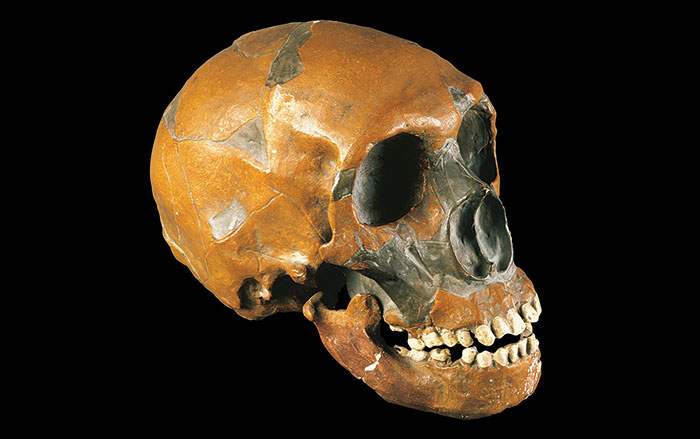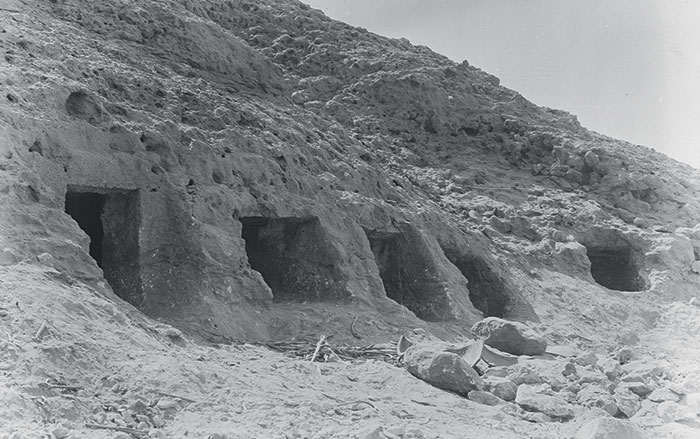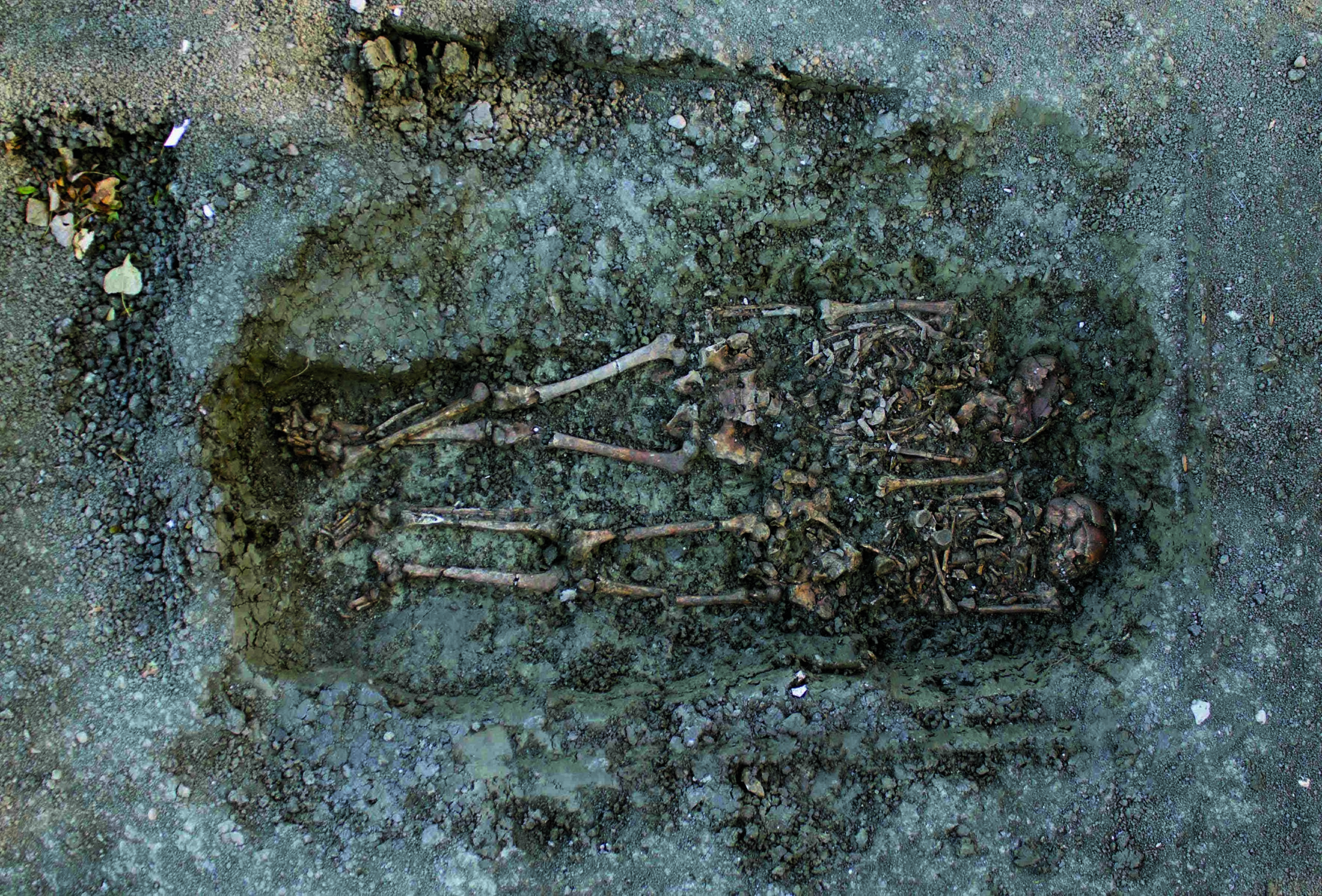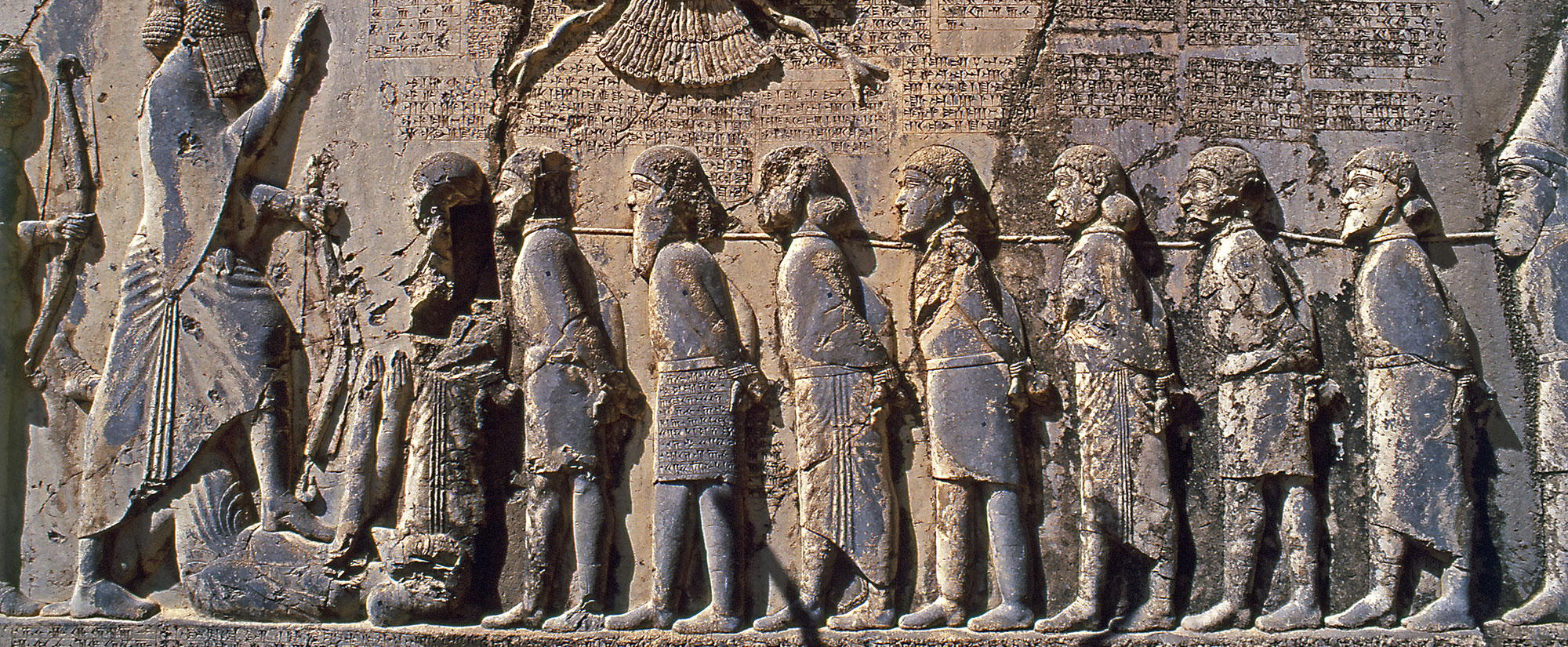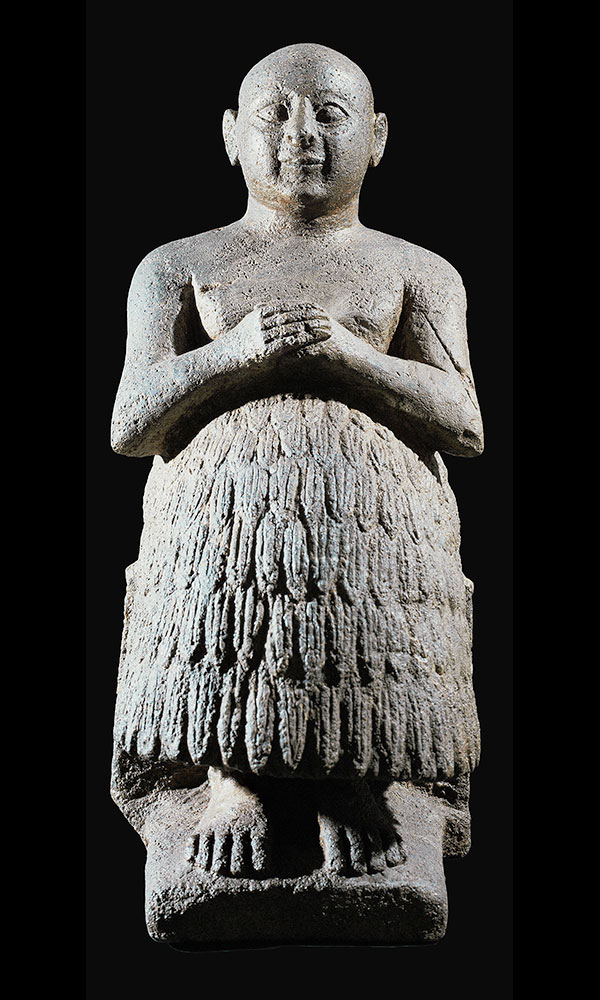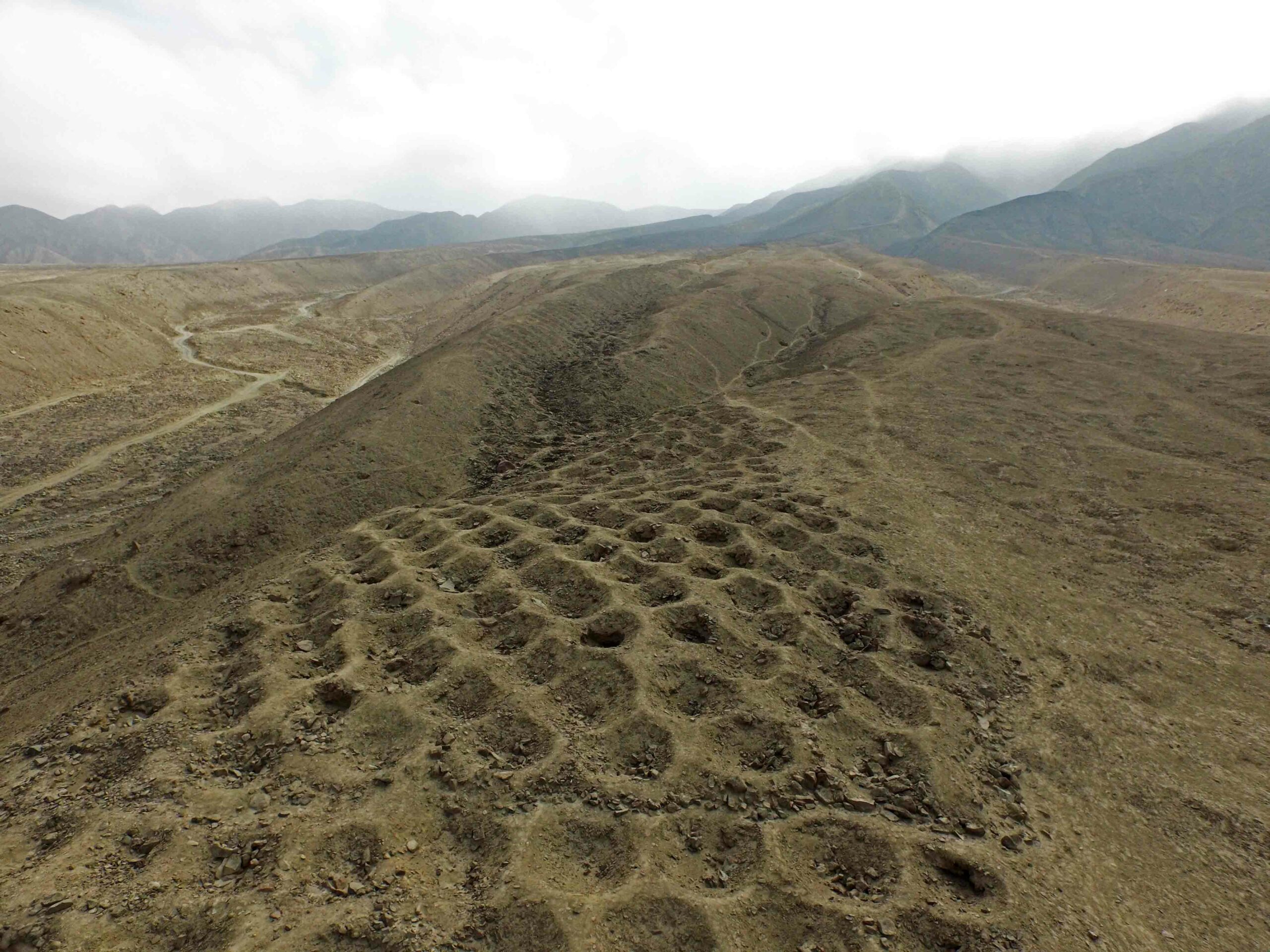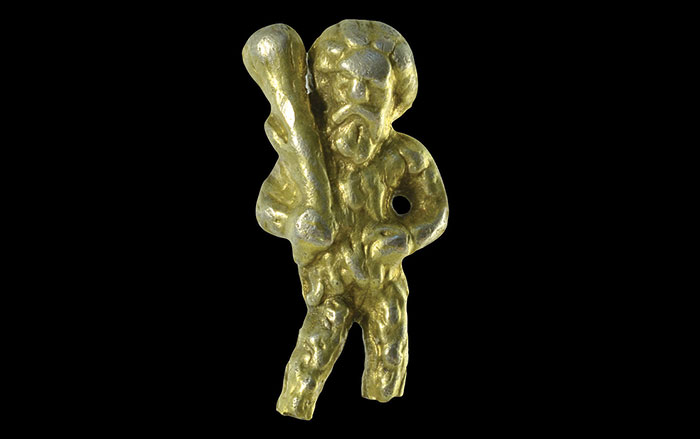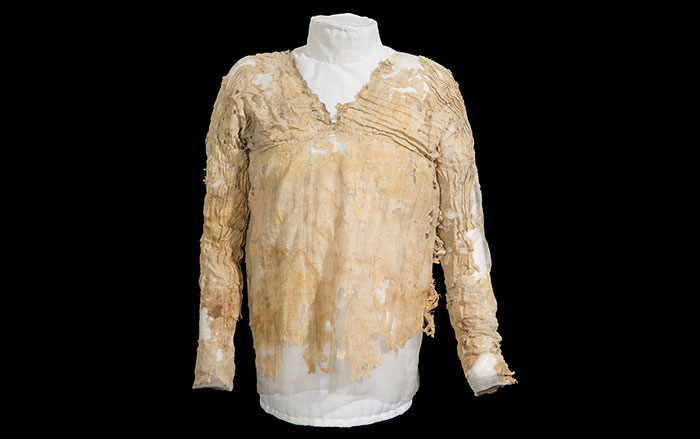
OXFORD, ENGLAND—A genetic study led by Laurent Frantz of the University of Oxford suggests that dogs may have been domesticated separately in Asia and in Europe or the Near East. The researchers obtained DNA from the inner ear bone of a nearly 5,000-year-old dog discovered at Newgrange, a site on the east coast of Ireland, and sequenced its entire genome. They then compared it to the nuclear DNA of 605 modern dogs from around the world and calculated a genetic mutation rate. The analysis revealed a divide between Asian dogs and European dogs between 6,400 and 14,000 years ago, and a sharp decline in the numbers of European dogs. “We never saw this split before because we didn’t have enough samples,” project leader and evolutionary biologist Greger Larson said in a report in Science. Remains of dogs found in Germany have been estimated to be more than 16,000 years old, however, suggesting that dogs could have been domesticated in Europe before migrating Asian dogs might have replaced them. “We don’t know if the dogs that evolved [early] in Europe were an evolutionary dead end, but we can safely say that their genetic legacy has mostly been erased from today’s dogs,” said Frantz. For more on dogs in archaeology, go to "More Than Man's Best Friend."


